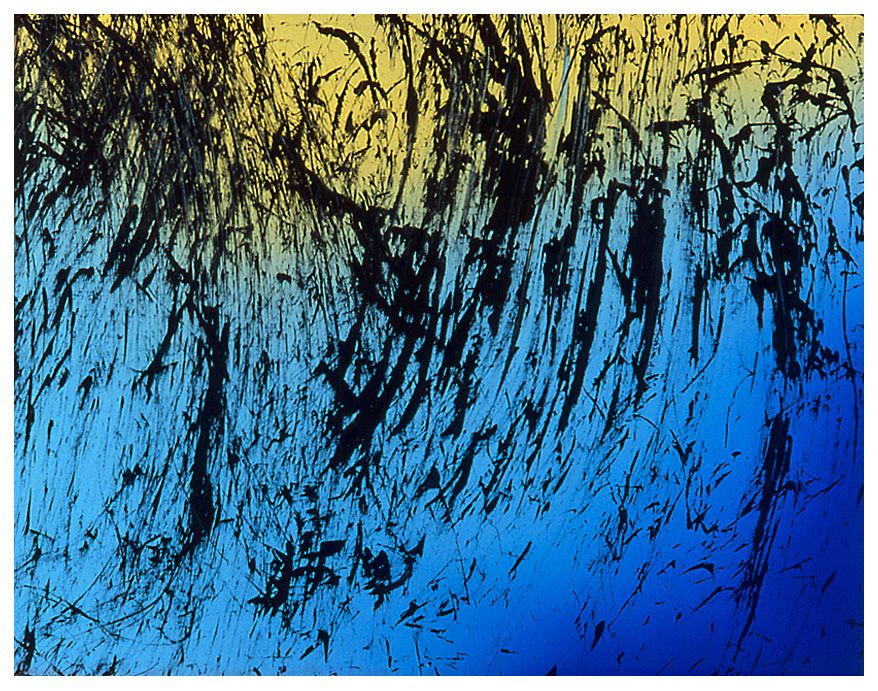Hans Hartung
Selected Works
Hans Hartung
TR5-H2, 1981
Acrylic on canvas
89 x 130 cm
Hans Hartung
E48, 1989
Acrylic on canvas
100 x 81 cm
Hans Hartung
T 1975-H18, 1975
Acrylic on canvas
73 x 92 cm

Hans Hartung
K2, 1981
Acylique sur toile
146 x 114 cm

Hans Hartung
Sans titre, TR13 –H18, 1982
Acrylique sur toile
180 x 180 cm
Some of the works depicted are no longer available.
Biography
Hartung experiments with spots of colour, free lines and abstract forms, where black plays an important role. He quickly becomes recognised as one of the leaders of lyrical abstraction, particularly thanks to his unique plastic "writing".
Public Collections
Musée Zervos, Vézelay; Hirshhorn Museum and Sculpture Garden, Smithsonian Institution, Washington; Philadelphia Museum of Art, Philadelphie; Staatliche Kunstsammlungen, Dresde; Kunstsammlung Nordrhein - Westfalen, Dusseldorf; Musée Picasso, Antibes; Musée national d'art moderne, Paris.
